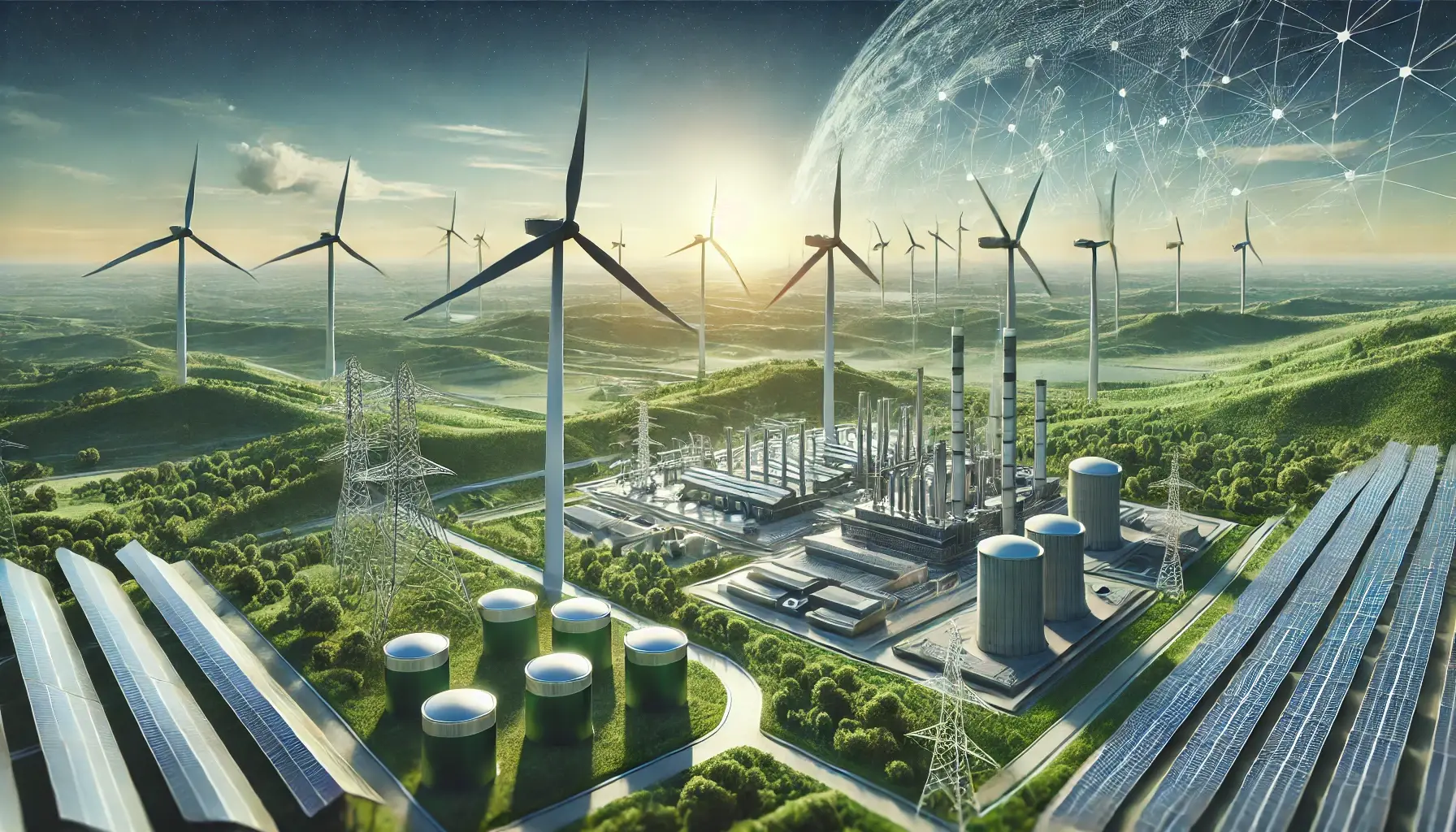Energy systems are integral to the design and development of modern mechanical engineering. These systems harness various energy sources, such as fossil fuels, solar power, and wind, to provide power for countless applications across industries. As the world continues to shift toward more sustainable practices, energy systems are evolving to integrate renewable energy sources, enhance efficiency, and minimize environmental impact. In this article, we’ll explore the key components of energy systems in mechanical engineering, current innovations, and the future of energy systems in the industry.
What Are Energy Systems in Mechanical Engineering?
Energy systems are a combination of mechanical, electrical, and thermodynamic components designed to generate, convert, and store energy. They can range from small-scale domestic systems like home solar panels to large-scale industrial power plants. Key types of energy systems include:
- Thermal Power Systems: Use heat energy to generate electricity (e.g., coal, gas, and nuclear power plants).
- Renewable Energy Systems: Harness natural resources like wind, solar, and geothermal energy to generate power.
- Energy Storage Systems: Store excess energy for later use, such as battery systems or pumped hydro storage.
- Combined Heat and Power (CHP) Systems: Simultaneously produce electricity and usable heat, enhancing overall system efficiency.
Key Components of Energy Systems in Mechanical Engineering
Understanding the basic components of energy systems is crucial for engineers who design, develop, and optimize these systems. Below are some fundamental components found in energy systems:
| Component | Function | Example |
|---|---|---|
| Turbines | Convert mechanical energy from fluids into rotational motion | Steam turbines in power plants |
| Generators | Convert rotational motion into electrical energy | Hydro and wind turbines |
| Solar Panels | Convert sunlight into electricity | Photovoltaic systems |
| Heat Exchangers | Transfer heat between fluids | Used in thermal power plants |
| Energy Storage Units | Store energy for later use | Lithium-ion batteries |
Innovations Shaping Energy Systems
The future of energy systems lies in innovation, with significant strides being made in energy efficiency, storage, and integration of renewable sources. Here are some exciting trends:
- Smart Grids: Smart grids use digital technology to monitor and manage energy flow, making them more efficient and responsive to changes in demand. This technology allows for real-time data collection and dynamic adjustments, which optimizes energy distribution across cities and industries.
- Hybrid Energy Systems: These systems combine renewable energy sources like wind and solar with traditional power generation methods (natural gas, for example) to ensure constant energy availability even when renewable sources are intermittent.
- Energy Storage Technologies: Energy storage is crucial to balancing supply and demand, particularly with renewable energy sources. Innovations like solid-state batteries, compressed air storage, and advanced flywheels are increasing energy storage capacities and efficiency.
- Carbon Capture and Storage (CCS): To combat climate change, energy systems are incorporating CCS technologies that capture carbon emissions from power plants and other industrial processes and store them underground, preventing them from entering the atmosphere.
The Role of Mechanical Engineers in Energy Systems
Mechanical engineers play a crucial role in the design, optimization, and implementation of energy systems. They are involved in various stages of energy system development, such as:
- Designing turbines, engines, and generators: Mechanical engineers create the equipment that converts energy from one form to another.
- Improving system efficiency: By analyzing and optimizing the thermodynamics of energy systems, engineers ensure that energy is used as efficiently as possible, minimizing waste.
- Integrating renewable technologies: Mechanical engineers are at the forefront of developing and integrating renewable energy sources into existing infrastructure, such as wind, solar, and hydro systems.
Challenges and Solutions in Energy Systems
As with any engineering discipline, designing energy systems comes with its set of challenges:
🔥 Challenge: Energy Loss and Inefficiency
- Energy systems, especially thermal power plants, suffer from energy loss due to friction, heat dissipation, and other inefficiencies.
Solution: Engineers are working on advanced materials and cooling technologies that minimize energy loss and improve overall system efficiency.
⚡ Challenge: Intermittency of Renewable Energy Sources
- Wind and solar power can fluctuate based on weather and time of day, making it difficult to maintain a constant energy supply.
Solution: Energy storage solutions like advanced batteries and hybrid systems (combining renewable and conventional sources) help stabilize power delivery.
🌍 Challenge: Environmental Impact
- Traditional energy systems based on fossil fuels contribute to environmental degradation through carbon emissions and resource depletion.
Solution: The shift toward renewable energy systems and the development of carbon capture technologies are major steps toward reducing the environmental impact.
The Future of Energy Systems: A Sustainable Outlook
As the global demand for energy continues to rise, the future of energy systems in mechanical engineering looks promising. The focus will be on sustainable, energy-efficient solutions that address both environmental and economic challenges. The integration of renewable energy, smart grid technology, and energy storage will play a pivotal role in shaping the future of power generation. Moreover, innovation in mechanical engineering will continue to drive advancements in efficiency, reliability, and sustainability.
Conclusion
Energy systems are at the heart of modern society, powering everything from homes to industries. With advancements in renewable energy technologies, energy storage, and system integration, the future of energy systems looks bright. Mechanical engineers will continue to play a critical role in the development and optimization of these systems, ensuring a sustainable and efficient energy future.
Internal Links:
- Renewable Energy: Powering a Sustainable Future
- The Role of Mechanical Engineering in Energy Efficiency

